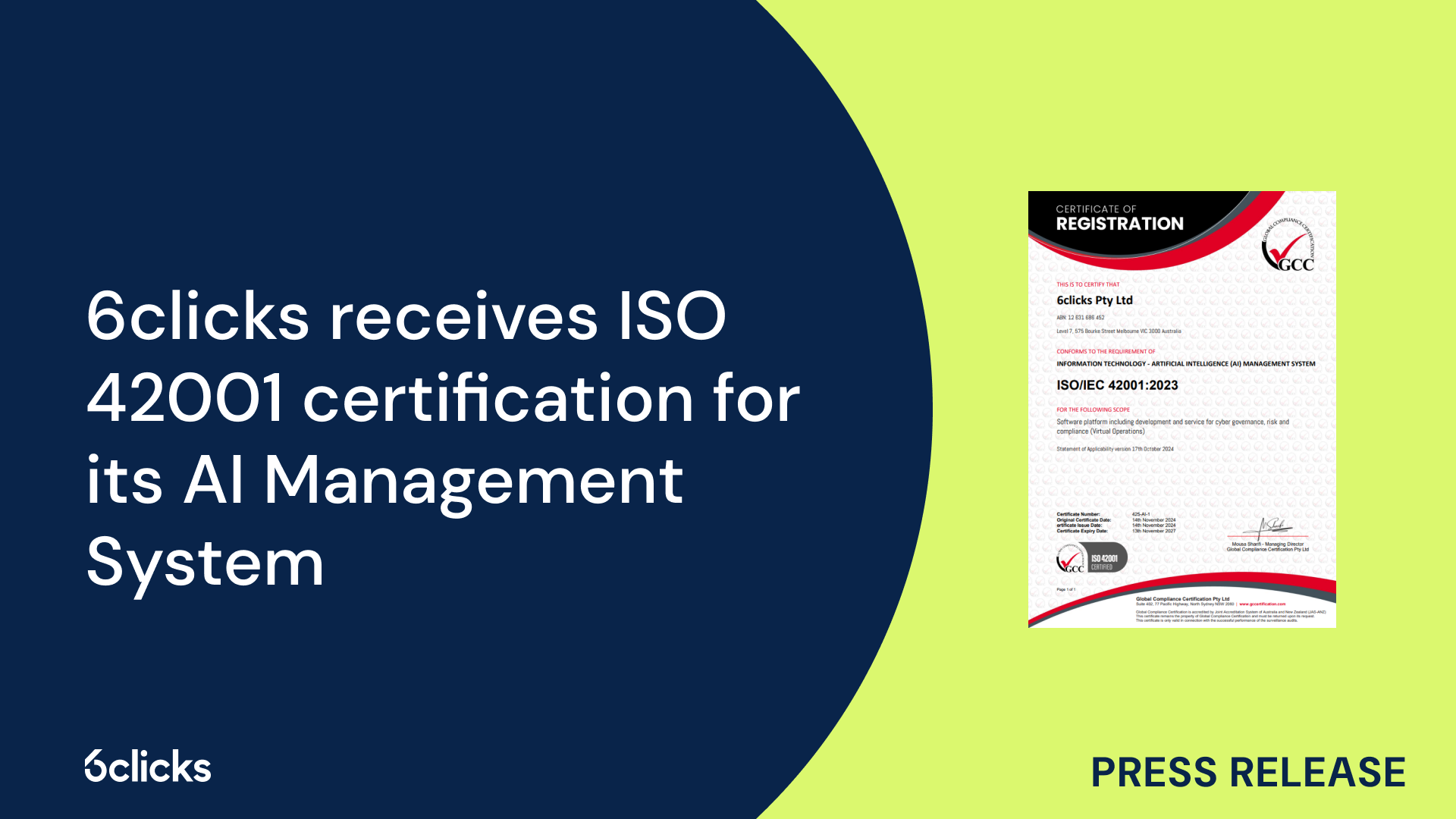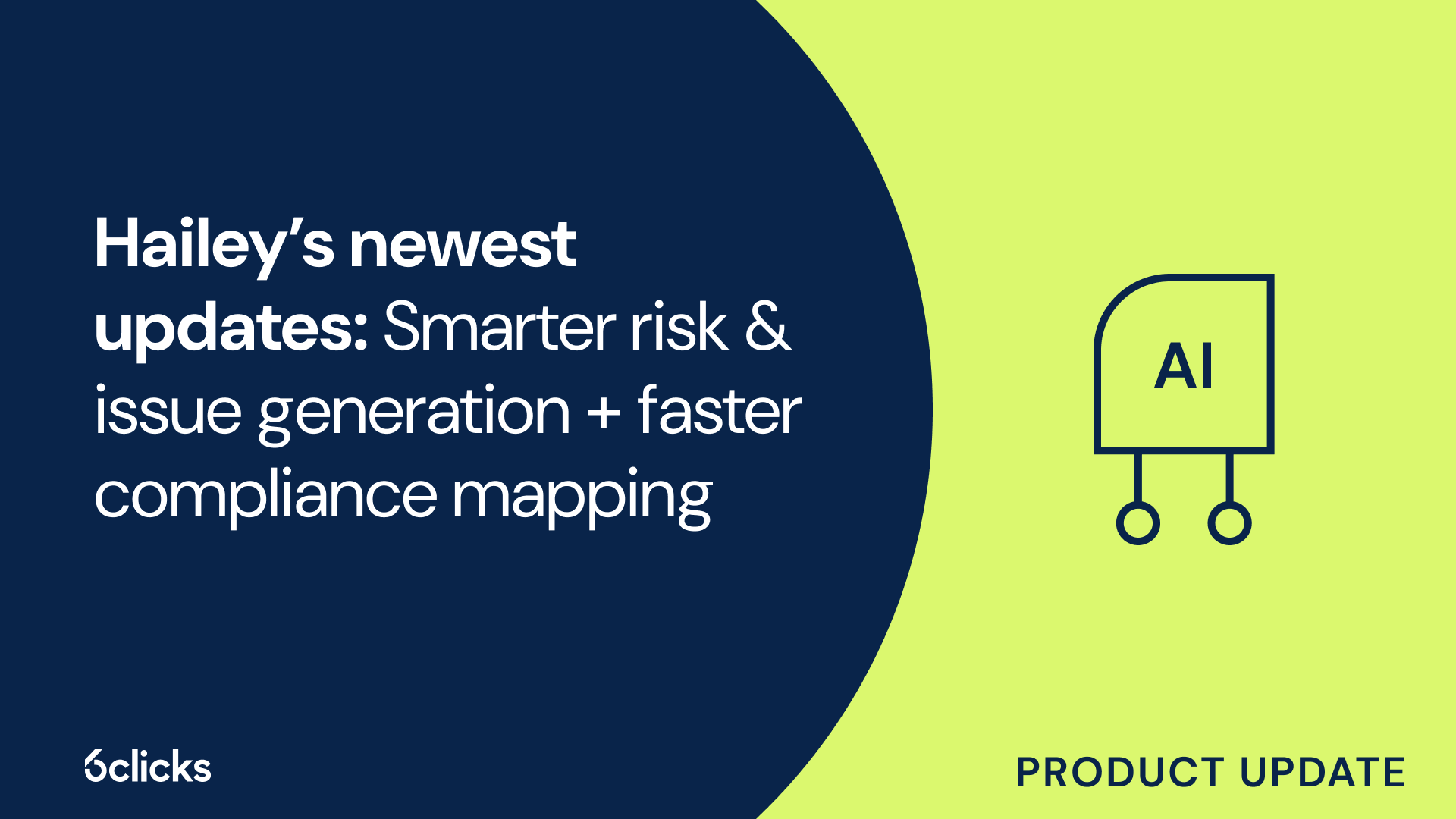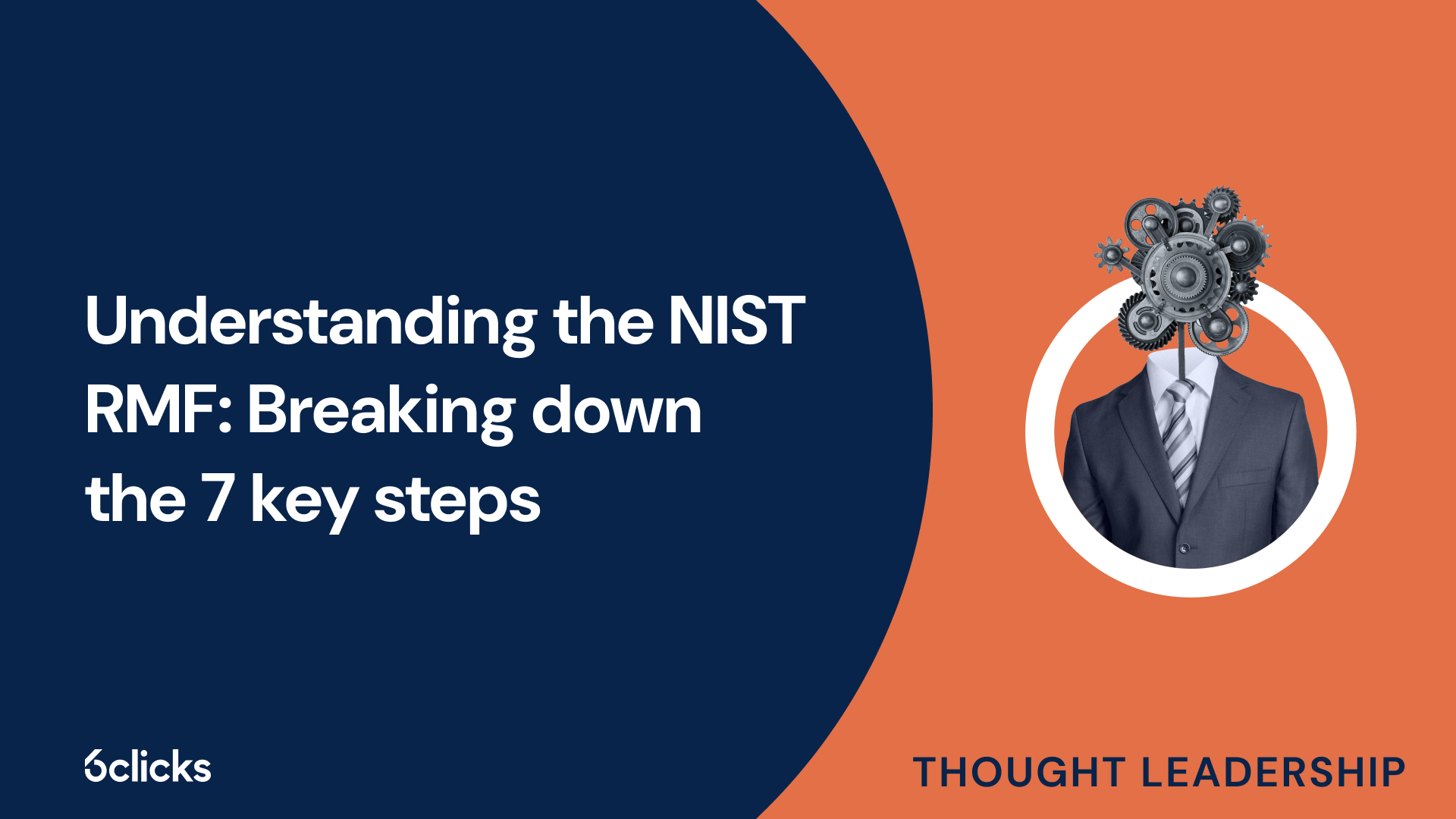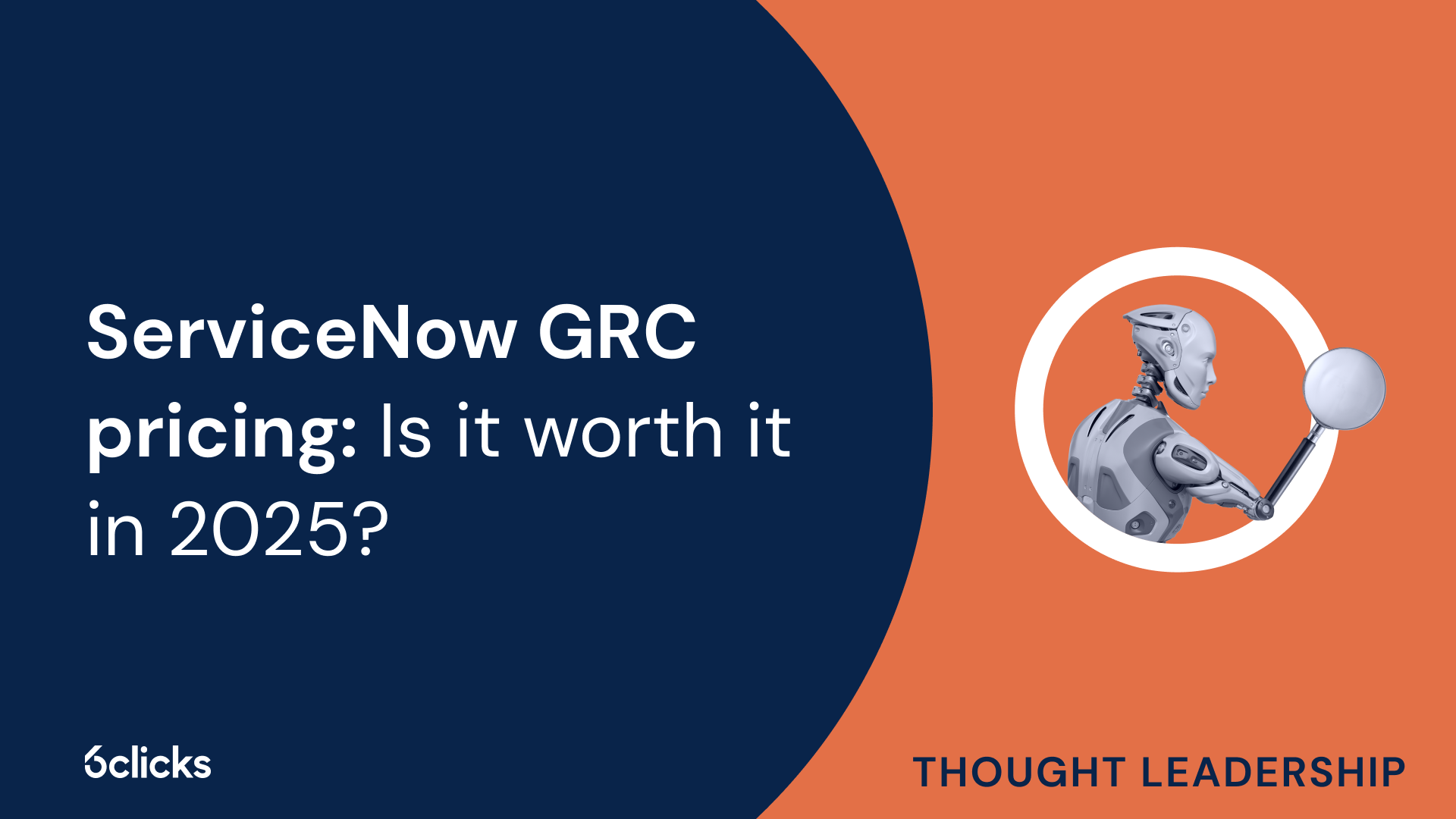What is SOC 2 compliance checklist?
What is SOC 2 compliance?
SOC 2 compliance is a set of standards developed by the American Institute of Certified Public Accountants (AICPA) that focuses on the controls and processes of service organizations. SOC stands for "Service Organization Control," and the SOC 2 framework is specifically designed for service providers that handle sensitive customer data. The goal of SOC 2 compliance is to ensure that these organizations have proper controls in place to protect the security, availability, processing integrity, confidentiality, and privacy of customer information. SOC 2 compliance is often required by organizations that want to assure their customers and stakeholders that their data is being handled securely and in accordance with best practices. This certification is achieved through audits conducted by independent auditors, who assess the organization's controls and processes against the defined criteria set out in the SOC 2 framework. The resulting audit report provides assurance to customers and stakeholders that the service provider has implemented adequate controls to mitigate risks and protect their data.
Why is SOC 2 compliance important?
SOC 2 compliance is crucial for organizations that handle sensitive customer information and data. With the increasing number of cyber attacks and the potential for data breaches, it has become essential for businesses to demonstrate robust controls and information security practices.
By undergoing a SOC 2 compliance audit, organizations can provide assurance to clients and stakeholders that they have implemented and adhered to stringent security measures to protect sensitive information. This includes procedures and safeguards for data confidentiality, integrity, and availability.
Achieving SOC 2 compliance offers several benefits to organizations. Firstly, it helps enhance information security practices by identifying and addressing potential vulnerabilities and weaknesses in their systems. This not only reduces the risk of data breaches but also increases overall trust and confidence in the organization.
Additionally, SOC 2 compliance can give businesses a competitive edge. Many clients and partners now require proof of SOC 2 compliance as part of their vendor selection process. By having SOC 2 compliance, organizations can streamline the sales cycle and reduce the time and effort spent on responding to security questionnaires and conducting additional audits.
Furthermore, SOC 2 compliance allows organizations to meet regulatory requirements and demonstrate their commitment to data protection. This is particularly important for industries that have strict compliance standards, such as healthcare and financial services.
An overview of the SOC 2 compliance checklist
The SOC 2 compliance checklist is a comprehensive set of guidelines and measures that organizations must follow in order to achieve and maintain SOC 2 compliance. SOC 2 (System and Organization Controls 2) is a widely recognized auditing standard that focuses on the security, availability, processing integrity, confidentiality, and privacy of customer data.
The SOC 2 compliance checklist typically includes the following components:
- Define Scope: Organizations must clearly define the scope of the SOC 2 audit. This involves identifying the systems, applications, and processes that are relevant to the security of customer data.
- Identify Trust Service Categories: Organizations need to determine which of the five trust service categories (security, availability, processing integrity, confidentiality, and privacy) are applicable to their operations.
- Establish Control Objectives and Criteria: The next step is to establish control objectives and criteria for each trust service category. This involves defining the goals and desired outcomes for each category and aligning them with industry best practices.
- Implement Information Security Policies and Procedures: Organizations must develop and implement robust information security policies and procedures that address all relevant controls and requirements. This includes areas such as access controls, data classification, incident response, and physical security.
- Perform Risk Assessment: A thorough risk assessment should be conducted to identify potential vulnerabilities and threats to customer data. This helps in designing and implementing appropriate controls to mitigate these risks.
- Design and Implement Controls: Based on the identified risks and control objectives, organizations need to design and implement controls that are both effective and cost-efficient. These controls should be tailored to meet the specific requirements of each trust service category.
- Monitor and Review Controls: Continuous monitoring and review of controls are crucial to ensure their effectiveness and compliance. Regular risk assessments, performance evaluations, and internal audits help in identifying any gaps or deficiencies in control implementation.
- Conduct SOC 2 Audit: Once all controls are implemented, organizations need to engage a third-party auditing firm to conduct a SOC 2 audit. This audit evaluates the design and operating effectiveness of controls over a specified period of time.
- Obtain SOC 2 Report: After successful completion of the audit, the organization will receive a SOC 2 report that summarizes the findings of the audit. This report can be shared with clients and stakeholders as evidence of SOC 2 compliance.
Understanding the SOC 2 trust services criteria
Understanding the SOC 2 trust services criteria is crucial for organizations seeking to achieve SOC 2 compliance. SOC 2 is a widely recognized compliance framework that measures an organization's effectiveness in protecting customer data and maintaining the confidentiality, integrity, availability, processing integrity, and privacy of that data. The trust services criteria, established by the American Institute of Certified Public Accountants (AICPA), serve as the foundation for the SOC 2 audit. These criteria outline the control objectives and requirements that organizations must meet in each of the five trust service categories. By understanding the trust services criteria, organizations can effectively design and implement controls, assess their compliance readiness, and prepare for a SOC 2 audit. It ensures that organizations have a clear understanding of the specific criteria that will be evaluated during the audit process and helps them align their security practices with industry best practices.
Security
Security is a crucial component of SOC 2 compliance. Under the Trust Services Criteria, security is one of the five core principles that service organizations must meet. To ensure SOC 2 compliance, organizations are required to implement various security controls and measures.
Access controls are essential to prevent unauthorized use of assets and data. This includes implementing strong authentication measures, such as multi-factor authentication, to validate user identities. Role-based access controls should also be established to ensure that users only have access to the resources necessary for their role.
Change management processes play a vital role in SOC 2 compliance. Organizations must have controls in place to manage and monitor changes to their systems and applications. This includes documenting and approving changes, conducting impact assessments, and performing testing before implementing changes.
System operations controls are necessary for secure and efficient system management. Organizations need to have procedures in place to manage their infrastructure, including monitoring and logging system activities, performing regular backups, and implementing disaster recovery plans.
Risk mitigation is another critical aspect of SOC 2 compliance. Organizations must identify and assess risks, and implement controls to mitigate those risks. This includes having policies and procedures in place for incident response, vulnerability management, and data protection.
By implementing these security principles and controls, organizations can ensure the confidentiality, integrity, and availability of their systems and data, preventing unauthorized access and ensuring SOC 2 compliance.
Availability
Meeting the availability (A) criteria under SOC 2 requires organizations to establish and maintain controls aimed at ensuring the continuous availability of their systems and services. To meet these requirements, organizations must consider the following controls:
- Redundancy and Resilience: Establishing redundant and resilient technical capabilities is crucial for maintaining availability. This includes deploying backup systems, implementing failover mechanisms, and utilizing load balancing techniques to distribute the system's workload efficiently.
- Disruption Recovery: Organizations must have a robust disruption recovery infrastructure in place to minimize the impact of any unexpected events. This involves implementing mechanisms for detecting disruptions, initiating incident response processes, and swiftly restoring services to their normal operations.
- Recovery Protocol Testing: It is essential to regularly test recovery protocols to ensure their effectiveness. Organizations should conduct testing exercises, such as disaster recovery drills, to assess their readiness and identify any weaknesses in their recovery procedures. This allows them to refine and improve their response strategies.
To assess their technical capabilities and readiness to meet availability requirements, organizations should perform a readiness assessment. This involves evaluating the effectiveness of their existing controls, identifying potential vulnerabilities or gaps, and implementing necessary improvements to strengthen their availability posture.
By adhering to these measures, organizations can meet the availability criteria set by SOC 2 and demonstrate their commitment to providing reliable and continuously available systems and services to their customers.
Processing integrity
Processing integrity is one of the five trust service principles outlined in SOC 2 compliance. It focuses on ensuring system reliability and data accuracy by implementing controls that address the processing of information. The goal of processing integrity is to provide assurance that the information processed by a system is complete, valid, accurate, timely, and authorized.
To achieve processing integrity, organizations must meet five specific requirements:
- Understanding data processing goals: Organizations must clearly define the goals of their data processing activities. This involves identifying the specific outcomes or results expected from processing the data and establishing controls to achieve those goals.
- Ensuring accurate system inputs: It is essential to validate and verify the accuracy and completeness of data inputs into the system. This includes implementing controls to prevent unauthorized or incorrect data from entering the system, as well as ensuring the accuracy of data entered manually.
- Maintaining data processing quality: Organizations must have controls in place to ensure the accuracy and reliability of data processing activities. This involves implementing data validation and quality checks throughout the processing lifecycle, such as data reconciliations and error handling procedures.
- Outputting high-quality data: The outputs generated by the system should be accurate, complete, and reliable. Organizations must have controls in place to validate the accuracy and integrity of the data generated by the system before it is provided to users or other systems.
- Having adequate data storage systems: Organizations should implement controls to ensure the integrity, confidentiality, and availability of the data stored in their systems. This includes employing secure storage mechanisms, implementing access controls, and safeguarding against data loss or corruption.
By adhering to these requirements for processing integrity, organizations can enhance their system reliability and ensure the accuracy of data processed, providing confidence to their customers and stakeholders.
Confidentiality
Confidentiality is a crucial aspect of SOC 2 compliance, as it focuses on controlling access to sensitive client data and safeguarding it from unauthorized disclosure or compromise. Organizations must have robust measures in place to protect the confidentiality of information throughout its lifecycle.
The first requirement of confidentiality involves how the organization handles confidential data. This includes implementing strict access controls, encryption protocols, and secure storage mechanisms to prevent unauthorized access or disclosure. Organizations should establish policies and procedures to restrict access to sensitive information only to authorized personnel who have a legitimate need for it.
The second requirement pertains to information disposal practices. Organizations must have effective processes in place to securely dispose of confidential data when it is no longer needed. This includes proper data erasure or destruction methods to prevent the possibility of data being recovered or accessed by unauthorized individuals.
Compliance with confidentiality requirements ensures that sensitive client data remains confidential and protected from unauthorized access or disclosure. By implementing strong access controls and information disposal practices, organizations can demonstrate their commitment to maintaining the privacy and integrity of client data, building trust with their customers and stakeholders.
Privacy
Privacy is a critical aspect of SOC 2 compliance, emphasizing the preservation and protection of sensitive data. Confidentiality is essential in maintaining trust with clients and safeguarding personally identifiable information (PII).
Organizations must establish stringent measures to ensure the confidentiality of data during its entire lifecycle, from collection to disposal. This involves implementing robust access controls, encryption protocols, and secure storage mechanisms to prevent unauthorized access or disclosure. By restricting access to sensitive information to authorized personnel only, the organization minimizes the risk of data breaches or unauthorized use.
Furthermore, privacy requirements play a crucial role in SOC 2 compliance by addressing the control over PII. Organizations must have comprehensive policies and procedures in place to handle and protect this information appropriately. They should define and document processes for collecting, transmitting, storing, and disposing of PII. By doing so, organizations can mitigate the risks associated with the loss, theft, or unauthorized access of sensitive data.
By meeting these privacy requirements, organizations demonstrate their commitment to protecting the privacy rights of individuals and complying with relevant laws and regulations. Implementing strong privacy measures not only safeguards sensitive data but also fosters trust and confidence among customers and stakeholders. In addition, it helps organizations avoid reputational damage and potential legal consequences resulting from privacy breaches.
Organizational readiness for a SOC 2 audit
Organizations that aim to achieve SOC 2 compliance must demonstrate their readiness for a SOC 2 audit. This involves meeting the rigorous requirements outlined by the American Institute of Certified Public Accountants (AICPA) and reviewing and implementing necessary control measures to ensure the security, availability, processing integrity, confidentiality, and privacy of data. By adequately preparing for a SOC 2 audit, organizations can demonstrate their commitment to maintaining the highest standards of data protection and gain the trust of their stakeholders.
Organizational Readiness for a SOC 2 Audit:
Achieving SOC 2 compliance requires thorough preparation and adherence to specific guidelines and controls. Organizations must undergo a systematic evaluation of their existing policies, procedures, and controls to ensure they meet the requirements of the Trust Service Criteria (TSC). This evaluation includes assessing the design effectiveness and operational effectiveness of the controls in place. Additionally, organizations should document their control activities, control environment, and risk management processes to provide evidence of their compliance journey.
To demonstrate organizational readiness for a SOC 2 audit, it is crucial to establish and document internal control frameworks that align with the AICPA's guidelines. This involves identifying and implementing appropriate security measures, access controls, and data protection protocols to safeguard sensitive customer information. Organizations must also develop comprehensive privacy policies and procedures to ensure the proper handling and protection of personally identifiable information (PII). By demonstrating a strong control environment and effective risk management processes, organizations can exhibit their commitment to SOC 2 compliance and their ability to protect the confidentiality, integrity, and availability of data.
Creating an internal control system
Creating an internal control system for SOC 2 compliance is a critical step in demonstrating an organization's commitment to protecting sensitive customer data. The process involves aligning and deploying stage-appropriate controls based on the selected Trust Service Criteria (TSC).
To establish an effective internal control system, organizations must first identify the TSC that are relevant to their business operations. These criteria typically include security, availability, processing integrity, confidentiality, and privacy. Once the relevant TSC are identified, organizations can determine the stage-appropriate controls required to meet the compliance requirements.
Examples of stage-appropriate controls include implementing two-factor authentication to enhance access controls, deploying firewalls to protect against unauthorized network access, and encrypting sensitive data to ensure confidentiality. These controls should be regularly monitored and updated to adapt to evolving security risks.
Creating an internal control system also involves documenting control activities, control environment, and risk management processes. This documentation serves as evidence of the organization's compliance journey and assists in demonstrating the effectiveness of the controls in place.
By creating a robust internal control system, organizations can ensure they meet the requirements of SOC 2 compliance and effectively protect sensitive customer data.
Assessing and documenting current systems and processes
Assessing and documenting current systems and processes is a crucial step in achieving SOC 2 compliance. This process involves evaluating existing controls and identifying any gaps or deficiencies that may exist.
To begin, organizations must thoroughly review their current systems and processes to understand how they align with the SOC 2 trust services criteria. These criteria include security, availability, processing integrity, confidentiality, and privacy. By comparing current controls against these criteria, organizations can identify areas where improvements need to be made.
During the assessment phase, organizations should conduct a thorough review of their current control activities, control environment, and risk management processes. This includes evaluating the design and operational effectiveness of controls in place. Through this evaluation, organizations can identify any weaknesses or deficiencies that may exist.
The next step is to document the current systems and processes. This documentation should include a detailed description of the controls in action, providing evidence of compliance with the trust service principles. It should also outline any control deficiencies or gaps that were identified during the assessment.
By assessing and documenting current systems and processes, organizations can gain a clear understanding of their current level of SOC 2 compliance. This information is essential for identifying areas that need improvement and developing a roadmap for achieving full compliance.
Identifying and managing third-party service providers
Identifying and managing third-party service providers is a crucial aspect of SOC 2 compliance. When selecting these providers, organizations must ensure that they align with their specific security, availability, processing integrity, confidentiality, and privacy requirements. This is because third-party vendors often have access to sensitive customer information, making it imperative to choose trustworthy and reliable partners.
The process of selecting third-party service providers begins with conducting thorough due diligence. This involves evaluating the vendor's security controls, compliance activities, and risk management processes. It is important to assess their compliance history, certifications, and any potential red flags that may impact the organization's own compliance journey.
Next, organizations should perform risk assessments to identify any potential vulnerabilities or risks associated with the third-party vendor. This assessment helps determine the level of risk the vendor may pose to the organization's systems and data.
Once a suitable vendor has been identified, it is crucial to establish contractual agreements. These agreements should explicitly outline the vendor's responsibilities, including their compliance obligations and the necessary security measures they must adhere to. It is important to include provisions for regular compliance monitoring and audits to ensure ongoing adherence to SOC 2 requirements.
Regular monitoring of third-party vendor compliance activities is essential to ensure that they continue to meet the organization's SOC 2 requirements. This includes periodic reviews of their control documentation, security measures, and compliance certifications.
Preparing for an audit report period
Preparing for an audit report period is a crucial step in attaining SOC 2 compliance. This involves implementing a comprehensive compliance process to ensure that all necessary controls and requirements are met. The first step in the process is to clearly define and understand the scope of the audit. This includes identifying the relevant trust service principles and criteria that will be assessed during the audit. Once the scope is defined, organizations should focus on gathering and organizing the necessary documentation and evidence for the audit. This may include policies, procedures, control documentation, risk assessments, and compliance certifications. It is important to ensure that all documentation is up-to-date, comprehensive, and readily accessible for the auditors. In addition, organizations should conduct internal audits and self-assessment exercises to verify compliance and identify any gaps or weaknesses that need to be addressed. By properly preparing for the audit report period, organizations can streamline the audit process and demonstrate their commitment to meeting SOC 2 compliance requirements.
Selecting an independent auditor
Selecting an Independent Auditor for a SOC 2 Audit: Guidelines and Considerations
When embarking on the SOC 2 compliance journey, selecting a reputable and qualified independent auditor is pivotal. The credibility of the audit report and the assurance it provides to stakeholders heavily depend on the auditor's expertise and reputation. To ensure a successful audit process, organizations should consider the following guidelines when selecting an auditor:
- Reputation: Choose an auditor with a proven track record in performing SOC 2 audits. Look for reviews, client testimonials, and references to assess their reputation and reliability.
- Industry Expertise: The auditor should possess deep knowledge and experience within your industry. This understanding allows them to effectively evaluate your organization's specific risks, controls, and compliance requirements.
- Qualifications: Verify that the auditor is a certified public accountant (CPA) with expertise in auditing information systems. Familiarity with the SOC 2 framework and the trust service criteria is essential for conducting a thorough audit.
- Pricing: Consider the auditor's pricing model and ensure it aligns with your budget. However, always prioritize quality and competence over cost to safeguard the integrity and accuracy of the audit process.
Once an auditor has been selected, their role in the SOC 2 audit process involves reviewing policies and controls, conducting interviews with key personnel, and testing the effectiveness of these controls. Afterward, the auditor issues a comprehensive audit report detailing their findings and recommendations.
By following these guidelines and considering factors such as reputation, industry expertise, qualifications, and pricing, organizations can choose a qualified and reputable auditor for their SOC 2 compliance audit, helping them navigate the complex world of regulatory requirements and gain trust from stakeholders.
Related eBooks & Expert guides
- What is SOC 2?
- What is SOC 2 certification?
- Why is SOC 2 compliance important?
- Who can perform a SOC 2 audit?
- What are the requirements of SOC 2 compliance?
Blogs & Thought Leadership
- SOC 2 vs ISO 27001
- SOC 2 vs PCI-DSS
- SOC 2 vs NIST CSF
- SOC 2 vs ASD Essential 8
- SOC 2 vs NIST SP 800-53







